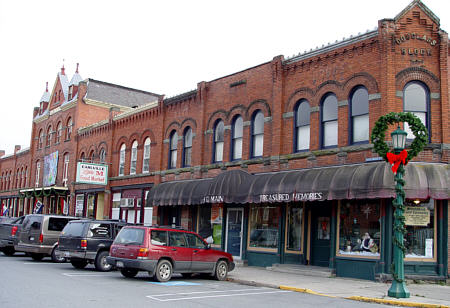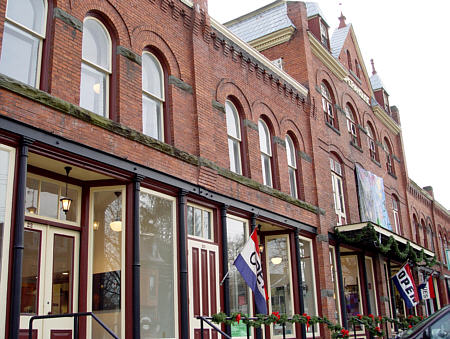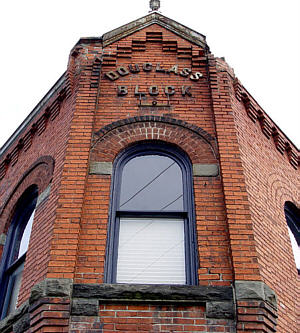
LANDMARKS
of New York State
|
The Earlville Historic District includes residential and commercial properties. First settled in 1792, Earlville's main industries were cotton, asheries and water-powered saw and grist mills. The town's main activity was farming with hops as a major cash crop. The Chenango Canal increased industry. The original buildings are in the Federal and Greek Revival style. A fire in 1859 destroyed many of the buildings, including the original Earlville Opera House. The new buildings were built mainly of brick in the Italianate and Second Empire styles.
 | |||||||||||||||||||||
|
 
| ||||||||||||||||||||
